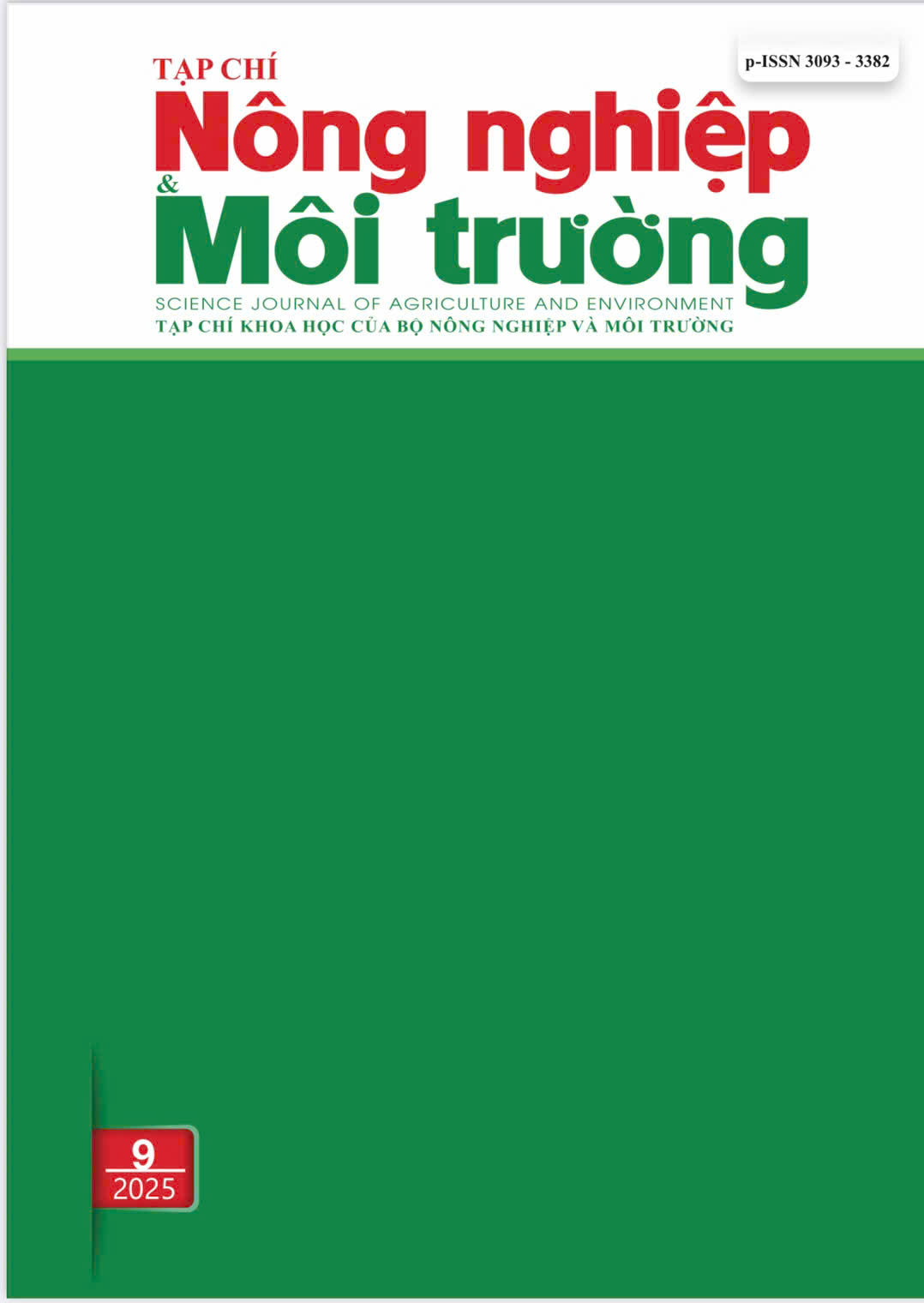CURRENT STATUS AND SOLUTIONS FOR MITIGATING AIR POLLUTION IN PIG FARMING FACILITIES IN THAI BINH PROVINCE
DOI:
https://doi.org/10.71254/z3pgkr34Keywords:
Pig farming, atmospheric environment, odors pollution, pollution mitigation, Thai Binh provinceAbstract
This study evaluates the current status of air quality and odor pollution at pig farming facilities in Thai Binh province by employing survey methods and air sampling on-site. The survey results show that these pig farming facilities include large-scale commercial farms (predominantly) and household-level farming. According to survey results, odor pollution is more prevalent in large-scale farms, with 61.8% of farm owners reporting unpleasant odors, while the figure for households is 35.09%. However, willingness to adopt odor control measures remain limited: Only 29.09% of large-scale farms and 19.3% of households expressed a willingness to implement odor-reduction technologies. Analysis of pollutant concentrations such as methane (CH4), ammonia (NH3), hydrogen sulfide (H2S), and volatile organic compounds (VOCs) indicates that pollutant levels are highest inside the barns, gradually decreasing at the barn entrance and the farm gate. Pollutant concentrations are positively correlated with farm size, being highest at large-scale pig farming facilities. Among the observed pollutants, CH4 exhibits the highest concentration, reaching 1145.5 ± 282.2 µg/Nm³ inside barns at large-scale farms. These results indicate that there is a need for improvement of livestock waste management and the application of air pollution reduction and odor removal technologies to minimize environmental impacts and improve the quality of life for livestock farmers and surrounding communities.







